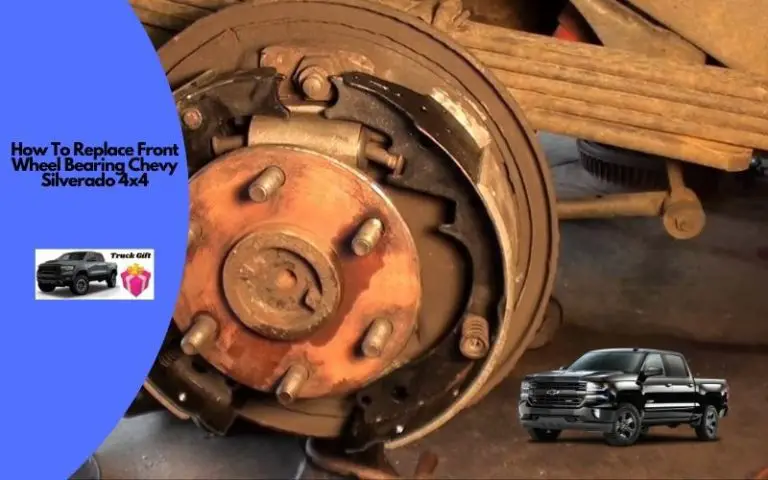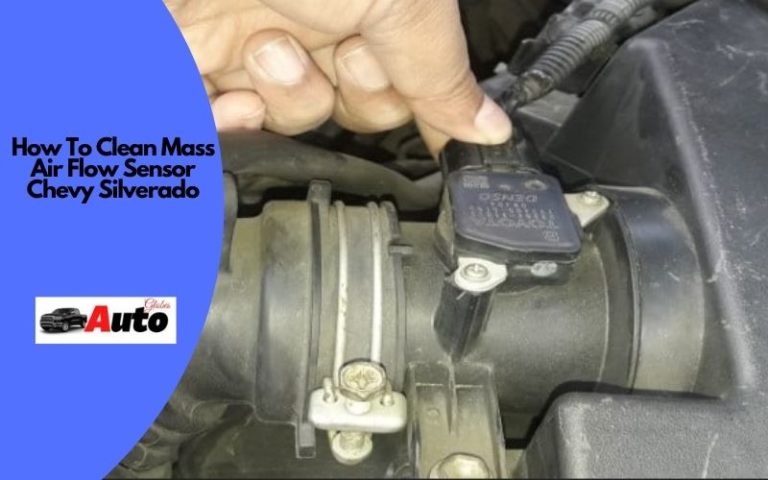How To Install A Power Steering Pump And Brackets Chevy 350?
There’s no greater feeling than cruising along the road when you own a Chevy 350. And when you have a power steering installed, the experience just steps up a notch!
But for that, you need to learn the process of installing brackets and a power steering pump in your Chevy 350.
To Install, simply detach the power steering pump by disconnecting it from all possible connections. Take out the power steering pump into a working bench.
Then, using wrenches, disconnect the nuts and bolts and replace the brackets. Put the power steering pump into the engine with proper connection and refill it with power steering fluid.
With proper instruction, you can easily install a power steering pump and bracket in your Chevy 350. But you need to be cautious during the placements so that it functions correctly.
Tools Required To Install A Power Steering Pump And Brackets Chevy 350
To install a power steering pump and brackets Chevy 350, you will only need some essential tools.
They can be easily found in the toolbox that comes with your vehicle. But it is always better to check. The following tools are required for the procedure:
- New Brackets
- Power Steering Setup
- Marker or Sharpie
- Adjustable Wrench
- Ratchet Wrench
- Metal Wire
- Adjustable Pliers
How To Install A Power Steering Pump And Brackets Chevy 350?
Installing a power steering pump and brackets Chevy 350 is technical but not complicated. The entire installation process is divided into five parts for your convenience. Follow along as we demonstrate.
Part 1: Checking Compatibility
Before installation, the first thing to do is check the compatibility between your vehicle and the parts. For this, you have to go through the steering pump, brackets, and vehicle manual.
Compare the specifications side by side and make sure they fit each other in the right place with the correct measurement. The bracket of even minor differences will not fit into the power steering pump.
Part 2: Separation
After checking the compatibility, it is time to change the power steering pump and bracket. For this, take out the power steering pump from the main engine.
Here are the steps for doing so:
Step 1: Disconnecting Power
It is necessary to disconnect the power steering pump from the power supply to detect different parts.
Also, remove the battery cables, both positive and negative. When you detach your engine from the battery while changing parts, it ensures that it will not get short-circuited due to a lack of connectivity or displacement of components.
Step 2: Detaching The Parts
Several parts like the engine cover, ancillary components, serpentine belt, radiator fan, and hydraulic lines should be discharged from the power steering pump.
To remove this, you will need to be careful so that any belt or parts don’t crack or lose. Otherwise, reattaching them will be difficult.
Step 3: Draining Power Fluid
To lower the hazards of installing brackets and handling the power steering pump, you must drain all the fluids.
If the hydraulic fluid gets in contact with your skin, it can cause serious harm. Therefore take sufficient time and drain out the fluid properly.
Make sure you separate the power steering pump from the main engine.
Step 4: Removing The Power Steering Pump
With adjusting wrench and pliers, safely loosen the bolts and nuts. Make sure to remove the pump pulley. Once all the bolts and nuts are detached, take the power steering pump to a desk or bench away from dust and mud.
Part 3: Installation
The power steering pump and brackets installation process will require a few procedures.
- With the help of a ratchet wrench, lose up the bolts and nuts holding the bracket.
- Make sure the brackets are in the right direction. Mark the direction if possible.
- Replace the old bracket with the new one.
- Secure the brackets with bolts and nuts tightly to have no space remaining.
Part 4: Reconnecting With Engine
Once the installation is completed, you have to put the power steering pump back into the engine.
For this, attach the radiator fan, hydraulic lines, serpentine belt, and the other necessary connection. Do not forget to connect the battery with the engine again. Fill up the reservoir of the power steering fluid.
Part 5: Testing
After completing the replacement power steering pump and brackets, it is essential to do a test drive of your Chevy 350. Before going for test drives, ensure that the steering is moving in both directions properly with the engine’s power on.
Take an extended drive test to ensure that there is no problem with your steering wheel. Also, take a close look at the brake performance.
Safety Cautions When Installing A Power Steering Pump And Brackets Chevy 350
During the Chevy 350 Power Steering Pump And Brackets installation process, it’s best to be careful about some small things. Otherwise, they might cause more harm than solving your problem.
Here are a few precautions that are essential to follow when installing a power steering pump and brackets. Otherwise, accidents can take place.
- Make sure the brackets you are installing are compatible with your vehicle.
- Check for cracks.
- The nuts and bolts should be tightened properly without any gap.
- To loosen the nuts and bolts, do not hit them for percussive shock.
- After the installation, go for a test drive with caution.
Conclusion
It can be utterly expensive to consult a mechanic to install a power steering and bracket for your Chevy 350. And there is no guarantee that the mechanic nearby will do a satisfactory job.
This is especially true if they are new and you don’t have many reviews on their work. Knowing how to install a power steering pump and bracket Chevy 350 can save you money and time.
It will also come in handy if you ever face problems with the brake or the steering. Then you can look at it yourself and detect if anything is wrong with your favorite Chevy 350. Happy cruising!
Related Posts:



![How To Jump Fuel Pump Relay On Chevy Truck? [5 Easy Steps]](https://truckguidepro.com/wp-content/uploads/2021/07/How-To-Jump-Fuel-Pump-Relay-On-Chevy-Truck-768x480.jpg)
![How To Adjust Caster On A Chevy Truck? [5 Easy Steps]](https://truckguidepro.com/wp-content/uploads/2021/08/How-To-Adjust-Caster-On-A-Chevy-Truck-768x480.jpg)
![How To Replace Ignition Switch On A Chevy Silverado?[Guide]](https://truckguidepro.com/wp-content/uploads/2021/08/How-To-Replace-Ignition-Switch-Chevy-Silverado-768x480.jpg)
